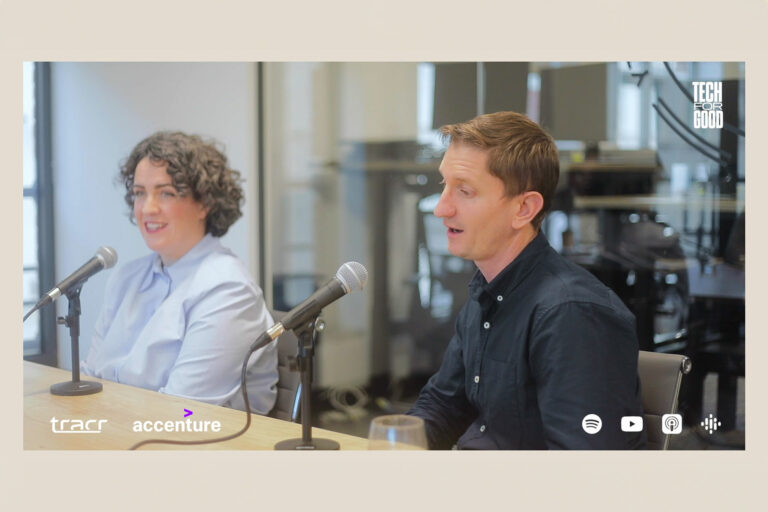
Estonia has always been a forerunner of digitalised services, but the focus has moved further over the past two years. Now, we aim to be the first country that puts behind the outgrown system and provides people with Bürokratt, one single public service virtual assistant that responds and guides them through all their public service requests. This will kill off bureaucracy from the customer experience of citizens who use public services. Sounds like the future? It is and it could be in your country, too.
Most of the governments in the world run on bureaucratic procedures. The chain of necessary steps to renew your passport, get a COVID vaccine or apply for child benefits includes a lot of time spent *waiting* and endless paperwork, from both sides, the applicant and the service provider. Bureaucracy has been a core part of government functioning to avoid mistakes and mitigate risks. However, in the age of technology and AI, the public sector needs to keep up with the new technologies to provide a better future for its citizens and residents. If a policy and a legal framework for a public service is in place, there is no excuse why it should not perform seamlessly, delivering the service as effectively as possible. At the same time, benefits are often means-tested and also in other services, there is a considerable degree of personalisation. It is thus vital that different needs, requests and applications are treated precisely based on their individual merits. The government has to deliver a service that matches the individual needs of the citizen as closely as possible.
The Bürokratt concept intends to bring advantage to all three pillars – citizens, private sector and public sector. Our created vision of an AI-based helper named Bürokratt came in 2020, and after two years, the first MVP was created. The Bürokratt is our vision of how the government should function in the age of data and AI.
If the Apple Siri virtual assistant is here to help you pick the music, then Bürokratt lends you a hand with public services and communication with the government and its different branches – through one helper, eliminating the lines and procedures between the government agencies and ministries from the customer’s user experience. The purpose of the Bürokratt is to respond to a citizen’s request, regardless of the relevant institution’s internal workings, to provide personalized information about the opportunities offered, or often also reminding the citizens of their obligations to the government. For accessibility, the virtual assistant absolutely must be able to serve the citizen in oral and written language. Its goal is to radically simplify a person’s relationship and communication with their government.
"The government has to deliver a service that matches the individual needs of the citizen as closely as possible."
The government’s virtual assistant provides a seamless way to interact with it from one entry point, removing the extra effort one has to usually put into finding the appropriate government agency or specialist to contact. The assistant will inform you if your lost documents have been found or even help to find and deliver the books from the public library. Even though currently communication with the assistant is possible only via text, our future aim is to provide it in ways it will be accessible to everyone.
Previous analyses have shown that it is possible to train chatbots to deliver answers to 90% of clients’ questions. More than 60% of the time, people ask questions or submit their requests to the wrong government agencies. The Police and Border Guard Board collects approximately 15% of other departments’ questions in Estonia. Overall more than 42 000 applications to them have to be redirected every year. To understand the tragedy around this number, this means that approximately 175 e-mails per day have to be classified and redirected by the specialists and/or customer support manually!
It is important to note that both the Police and Border Guard Board and other agencies also still need to manually forward and answer all clients’ questions, even those belonging to them. For example, the average amount of requests towards nine specific agencies in Estonia is approximately 630 000 emails per year with an average price of €4 euros per served customer/citizen. This, in turn, means 2.5 million euros cost for the government annually. And these numbers are only for nine agencies, but there are hundreds of agencies, local governments, etc. With a 40% efficiency of the chatbot, these nine agencies would have saved the government almost €1 million per year.
The purpose of the Bürokratt is to respond to a citizen’s request, regardless of the institution’s approach, to provide personal information about the opportunities and obligations offered by the state, and to enable the use of public services through both oral and written language. This will not only make a difference in the digital industry but influence Estonia’s citizens on many different levels. Furthermore, this project will be a testament to Estonian technology, and hopefully, it will inspire governments worldwide to transform their citizen user experience with the AI-based virtual assistant.

Ott Velsberg is the Chief Data Officer in the government of Estonia.



